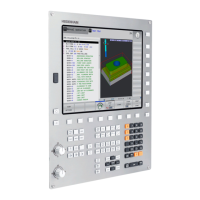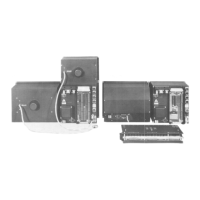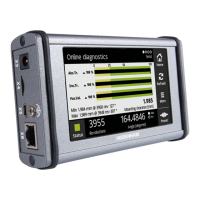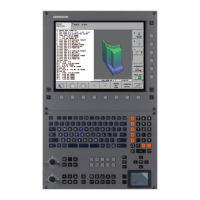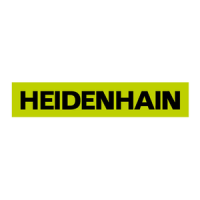
Do you have a question about the HEIDENHAIN TNC 426 PB and is the answer not in the manual?
| Brand | HEIDENHAIN |
|---|---|
| Model | TNC 426 PB |
| Category | Control Unit |
| Language | English |
Explanation of different TNC operating modes like Manual Operation and Electronic Handwheel.
Procedure for switching the TNC on and off, including memory checks and run-down.
Instructions on how to move machine axes using axis direction buttons or electronic handwheels.
Procedure for setting the datum manually by positioning the TNC display.
Using MDI for simple operations, pre-positioning, and executing short programs.
Explanation of position encoders, reference marks, Cartesian and polar coordinate systems.
Steps for creating a new part program, defining the blank form, and programming tool movements.
Displaying and using help texts for NC error messages.
Entering feed rate and spindle speed data for tools.
Defining tool numbers, names, lengths, radii, and delta values.
Adjusting spindle path by compensation values for tool length and radius.
Carrying out 3-D tool compensation for straight-line blocks using surface-normal vectors.
Programming tool movements for workpiece machining using Cartesian coordinates.
Functions for programming contours using Cartesian coordinates: lines, chamfers, circles, and arcs.
Programming contours using FK free contour programming for unconventional coordinate data.
Using M functions to affect program run, machine functions, and contouring behavior.
Description of drilling cycles like PECKING, DRILLING, REAMING, BORING, and TAPPING.
Cycles for milling pockets, studs, and slots including rectangular and circular shapes.
Contour-oriented machining of complex contours and achieving high surface finish with SL cycles.
Cycles for shifting, mirroring, rotating, scaling, and tilting contours.
Using Q parameters to program entire families of parts with characteristic dimensions as variables.
Making logical If-Then decisions by comparing Q parameters or numerical values.
Simulating programs and sections to prevent errors, checking geometrical incompatibilities.
Executing a part program continuously or block by block, and managing interruptions.
Setting up RS-232, RS-422, and Ethernet interfaces for data transfer.
Overview of TNC features, components, data interfaces, and axis control capabilities.




